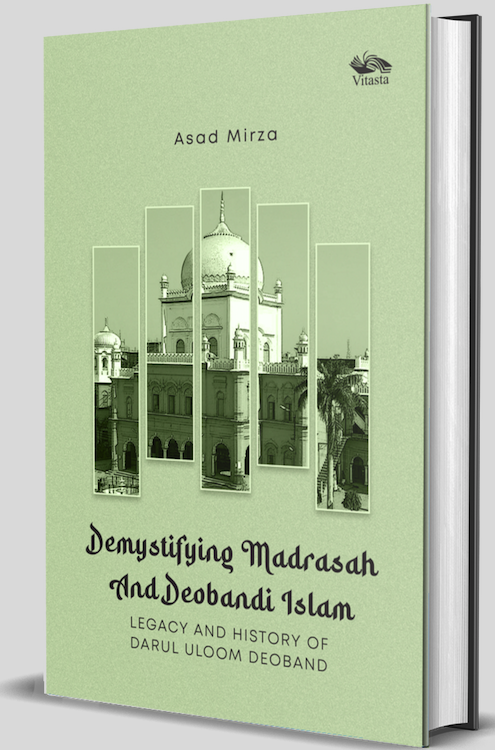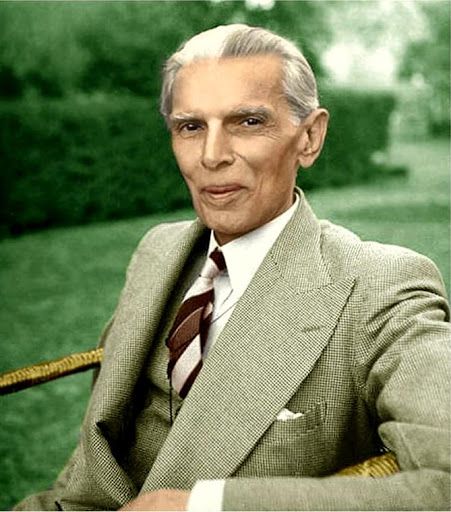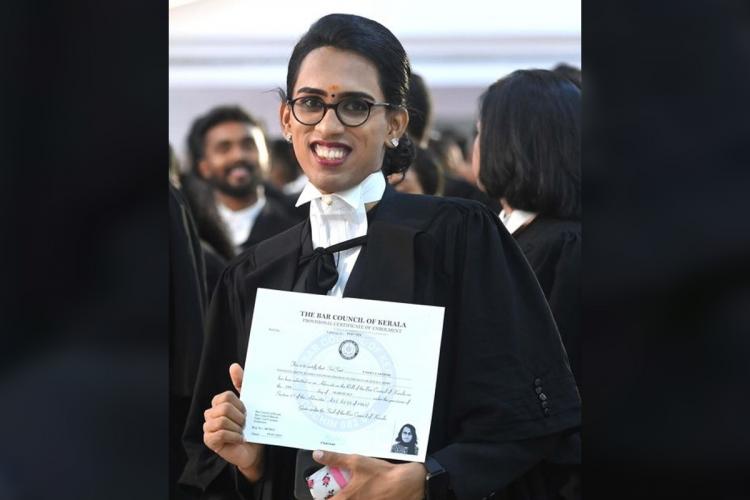Book: China’s Transition under Xi Jinping; Editor: Jagannath P. Panda; Publisher: Pentagon Press; Pages: 427; Price: Rs 1,995/$59.95
This China 2015 Yearbook of the defence ministry-funded think tank Institute for Defence Studies and Analyses (IDSA), while tracing President Xi Jinping’s consolidation of power, obliquely exposes India’s faultlines — but this in no way detracts from the scholarly value of the book, with its 25 essays covering politics and security, economy and reforms, foreign policy and strategy, engaging the major players and regional outreach.
“The year 2015 was important in executing daguo waijiao (major country diplomacy with distinctive Chinese features). The policy was not country-specific, rather it was based on a multi-centric course that was institution-, and country- as well as continental specific… Progress relating to the ‘One Belt, One Road’ (OBOR) initiative, the operation of the AIIB (Asia Infrastructure Investment Bank) and China’s relations with neighbouring as well as remote countries explains the panache of Chinese diplomacy in 2015. The high point was the promotion campaign of OBOR,” the book’s editor, Jagannath P. Panda, writes in “China in 2015: A Primer”.
No proposition in the current Chinese foreign policy explains better the outward transformation that is taking place in it than President Xi’s OBOR initiative… In brief, a multi-centric approach in foreign policy, foreign relations and diplomacy was noticed in 2015,” adds Panda, a research fellow and Centre Coordinator for East Asia at IDSA.
During this period, India did recalibrate its ‘Look East’ policy to ‘Act East’ but could achieve little in tangible terms. It’s campaign to join the Nuclear Suppliers Group (NSG) achieved little as was evident from the NSG’s plenary in Seoul rejecting the country’s membership in June.
Relations with Pakistan and Nepal deteriorated to new lows and remained merely on even keel with Sri Lanka and Bangladesh.
Prime Minister Narendra Modi continued his international jet-setting, but this was offset by the debate back home on issues ranging from love jihad, ghar wapsi, cow vigilantism and the like.
And what of India-China ties?
If 2014 marked the beginning of a new phase of engagement between China and India, 2015 saw both sides moving toward a “pragmatic reorientation” of their bilateral relations, writes Netajee Abhinandan in the chapter titled “China-India Relations: Calibrated Bonhomie or Real Harmony?”
Modi’s visit to China in May, “while paving the way for better understanding, laid the foundation for the start of a comprehensive dialogue between the two sides. A sense of bonhomie marked the bilateral relations in 2015; however, the question remains whether the bonhomie was a true manifestation of an improvement in relations that would continue in the coming years and lead to a credible partnership or was it just a ‘calibrated’ show to downplay the political disconnect between the two countries,” asks Abhinandan, an assistant professor of political science at Cuttack’s Ravenshaw University who has an M.Phil degree and Ph.D. from New Delhi’s Jawaharlal Nehru University.
“While both sides maintained a strategic silence on some of the contentious issues like the trade deficit, the massive Chinese investment in Pakistan’s infrastructural projects, the South China Sea dispute and the prevailing tension in border areas, both agreed to engage more substantially on trade and economic fronts. The political exchanges at the highest level failed to achieve any major breakthrough in terms of political and strategic understanding as both sides chose to focus, rather pragmatically, upon intensifying the engagement in economic spheres,” Abhinandan says.
“Clearly, there was an attempt on the part of both sides to abandon the old zero-sum mindset and enter into a new phase of constructive partnership based on mutual interests. However, most of the issues that have hindered the smooth progress of the relations remained unaddressed or were consciously sidelined during the bilateral exchanges,” the writer asserts.
“However, despite the public spectacle of bonhomie and hype about the personal chemistry between Xi and Modi, would China and India be able to reconcile their political differences or reduce the ‘trust’ deficit that plagues the relations? With China refusing to commit itself to the early resolution of the boundary dispute and stop military assistance to Pakistan, it is a difficult question to answer,” Abhinandan writes.
Also, let’s not forget that it was China that had vociferously opposed India’s NSG membership at Seoul.
Clearly, calibrated bonhomie.
To get back to the title, how does one sum up Xi in 2015? IDSA Director General Jayant Prasad, a former diplomat, does so pithily in the Foreword.
“It is too early to assess the impact of President Xi Jingpeng’s charismatic leadership and his contribution to China’s economic transition and diplomacy. His personal standing appears to be inversely proportional to the declining esteem of the Chinese Communist Party. He has taken good judgement calls in his campaign against corruption and steps to reorient China’s economy from export-led manufacturing to services, consumption, and development of the hinterland. Notwithstanding his vision, energy and pragmatic statesmanship, the desired outcomes might not materialise due to structural factors beyond his control,” writes Prasad.
One last word: While it is laudable that IDSA has decided to take the yearbook beyond a descriptive chronology of events towards an analytical presentation on chosen themes related to China, most of its chapters were presented at a seminar in February. The book thus could have done without the six-month time-lag.
(Vishnu Makhijani can be contacted at vishnu.makhijani@ians.in)






0 Comments